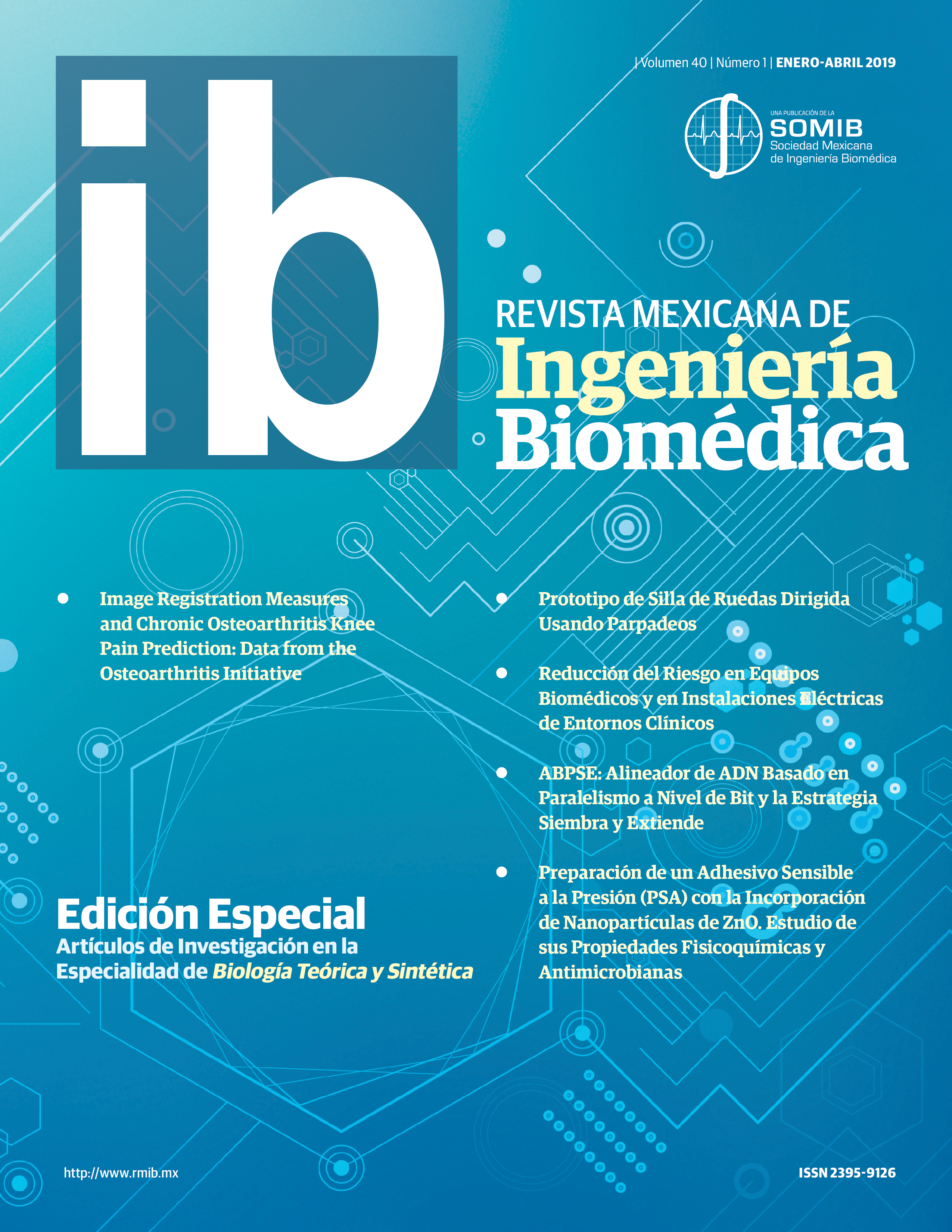Beyond Phylogenetics: Darwinian Evolution of Actin
DOI:
https://doi.org/10.17488/RMIB.40.1.6Keywords:
proteins, Darwinian evolution, actinAbstract
Actin polymerizes to form cytoskeletons which stabilize and direct motion of cellular walls. It is one of the most stable proteins, having evolved little from algae and yeast, and very little from fish. Here we analyze actin evolu-tion using modern theories of water-protein shaping interactions, and how these have evolved to optimize protein functions. We conclude that the failure of phylogenetic analysis to identify positive Darwinian evolution has been caused by 20th century technical limitations. These are overcome using 21st century thermodynamic scaling and modular averaging. The results for actin are especially striking, and reflect dual stable structures, globular and polymerized.
Downloads
Downloads
Published
How to Cite
Issue
Section
License

This work is licensed under a Creative Commons Attribution-NonCommercial 4.0 International License.
Upon acceptance of an article in the RMIB, corresponding authors will be asked to fulfill and sign the copyright and the journal publishing agreement, which will allow the RMIB authorization to publish this document in any media without limitations and without any cost. Authors may reuse parts of the paper in other documents and reproduce part or all of it for their personal use as long as a bibliographic reference is made to the RMIB. However written permission of the Publisher is required for resale or distribution outside the corresponding author institution and for all other derivative works, including compilations and translations.








